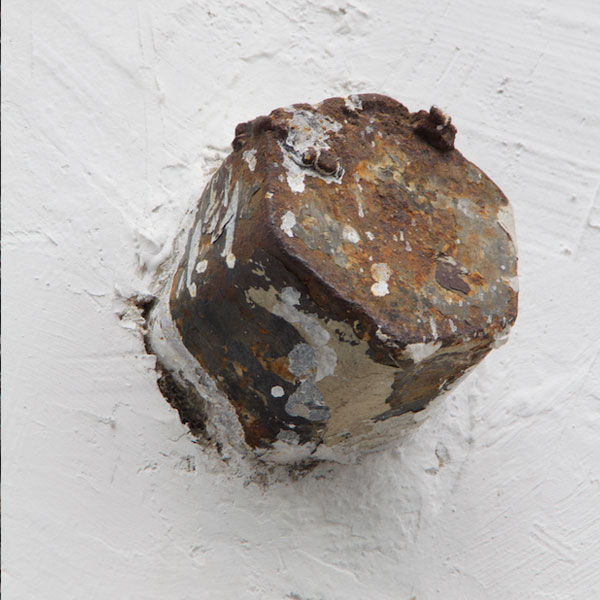How to get
8. The Arch
The Arch
The Hernani wall
There were five original entrances to the walled town of Hernani. The main entrances were demolished between 1855 and 1856 and were located at the end of Kale Nagusia and Andre kalea streets. A third entrance was located under the old town hall, close to the junction of these two streets. The two remaining doors connected the transversal street (now Felipe Sagarna “Zapa” Kalea) with the outside. This simple pointed arch is the only entrance still standing. It still has the hole that was used to lock the large door.The massive walls were up to 1.30 metres wide and 5 metres high, and were designed to withstand attacks from the outside. But they were more than that; during the Middle Ages, the wall set the boundary between two worlds: the division between order and wilderness; protection and danger; urban and rural. Alfonso X “the Wise”, in the 13th century, defined the interior terrain as sacred, a magical-religious frontier, which protected them both from the enemy and from epidemics and diseases. The inhabitants inside, who eventually became the bourgeoisie, had their own jurisprudence and enjoyed privileges that the foreigners did not have. Similarly, any merchant who wanted to sell within the walls had to pay taxes.
Over time, these walls lost their defensive function and became an obstacle to urban development, so most of them were demolished. As the population increased, the buildings grew in height, accesses were created between streets, and windows and doors were opened in the thick stone walls. In addition, the houses gradually took over the existing section up to the wall, leading to its virtual disappearance and shaping today’s Hernani.
Next to the arch, on the outside, we can find the remains of a surprising anecdote: Within our reach, witnesses of the Second Carlist War (1872-1876), we can see two cannon shells, both unexploded and probably launched from a battery set up in Santiagomendi (Astigarraga).





